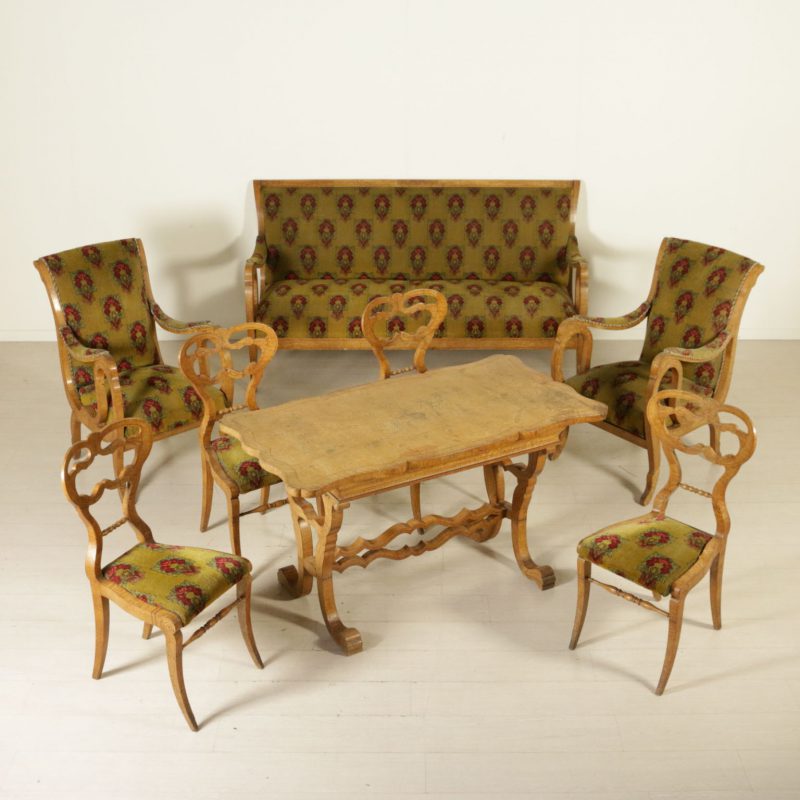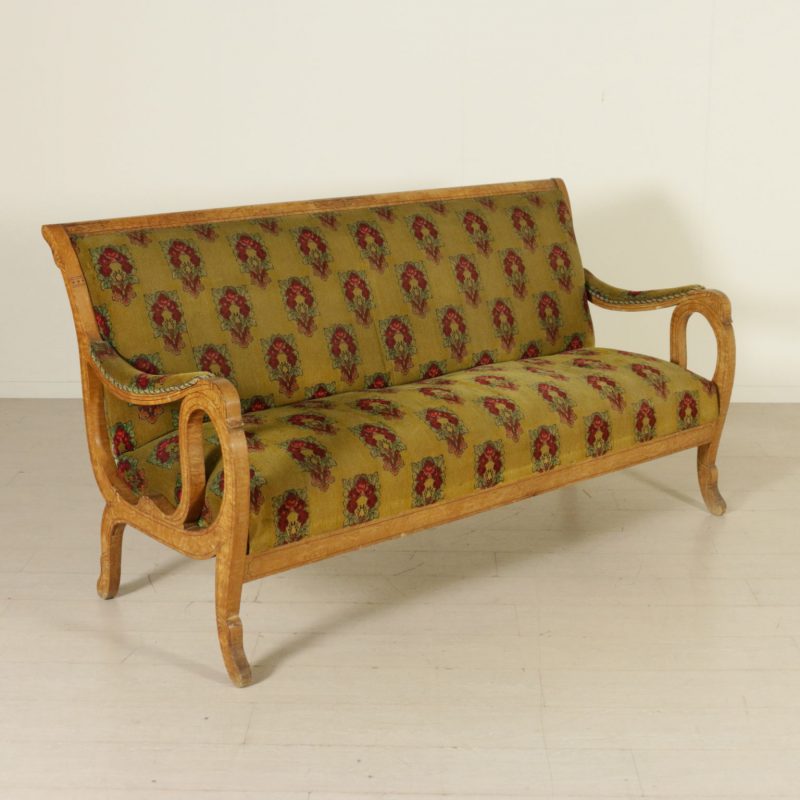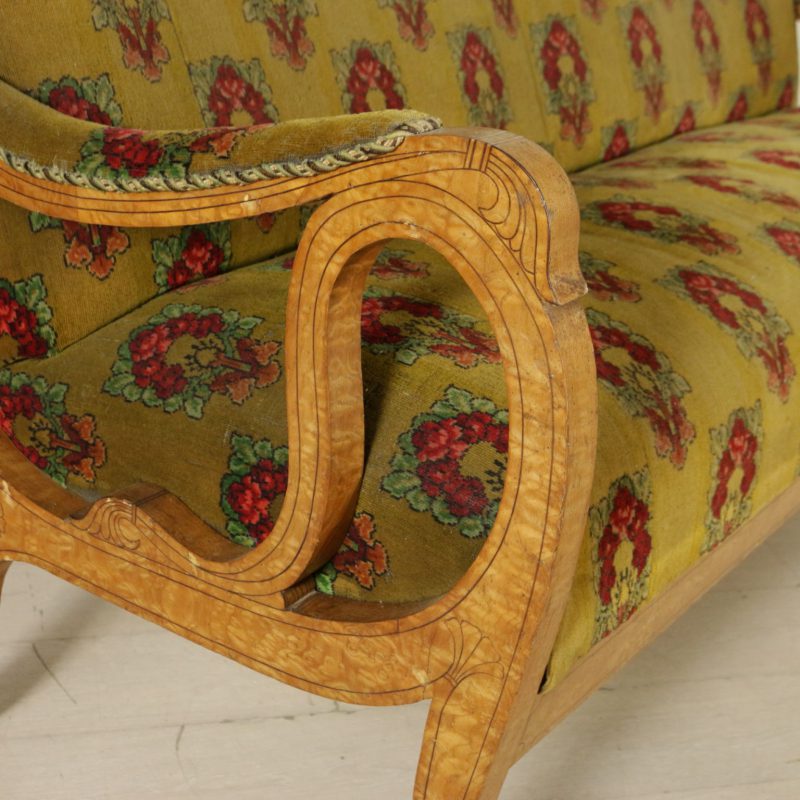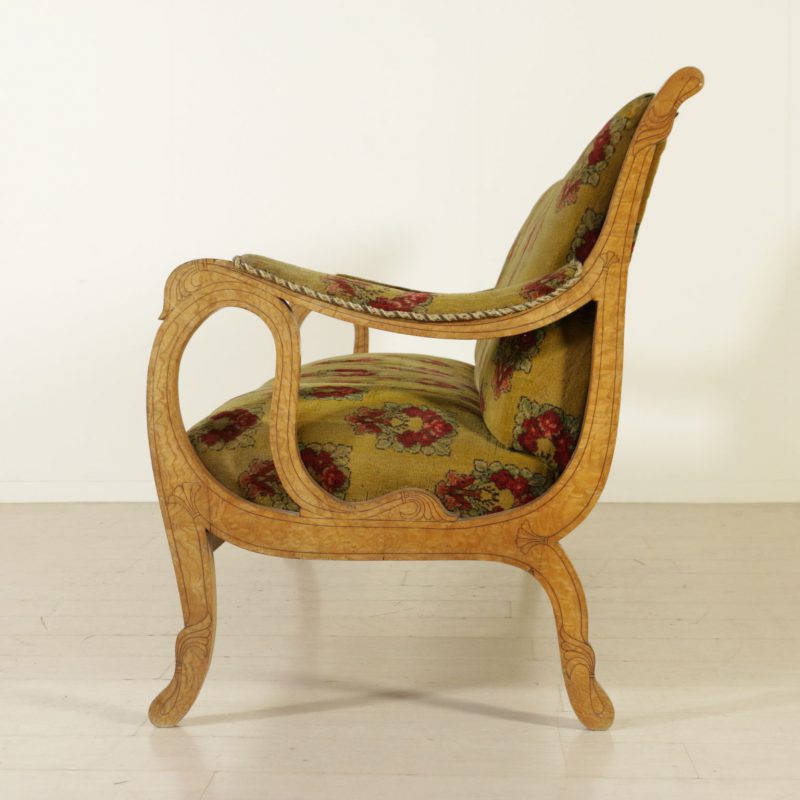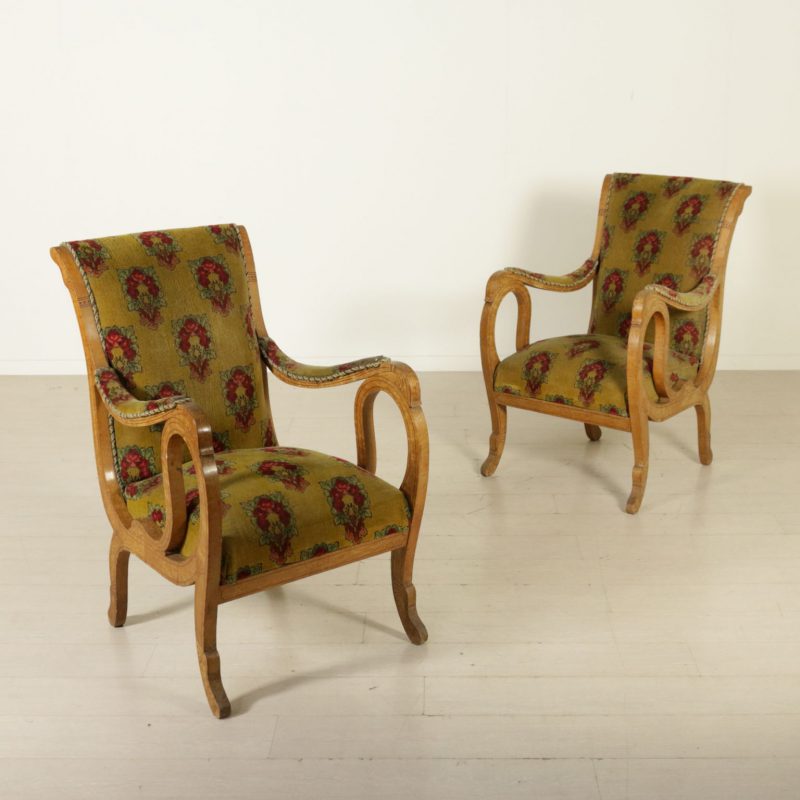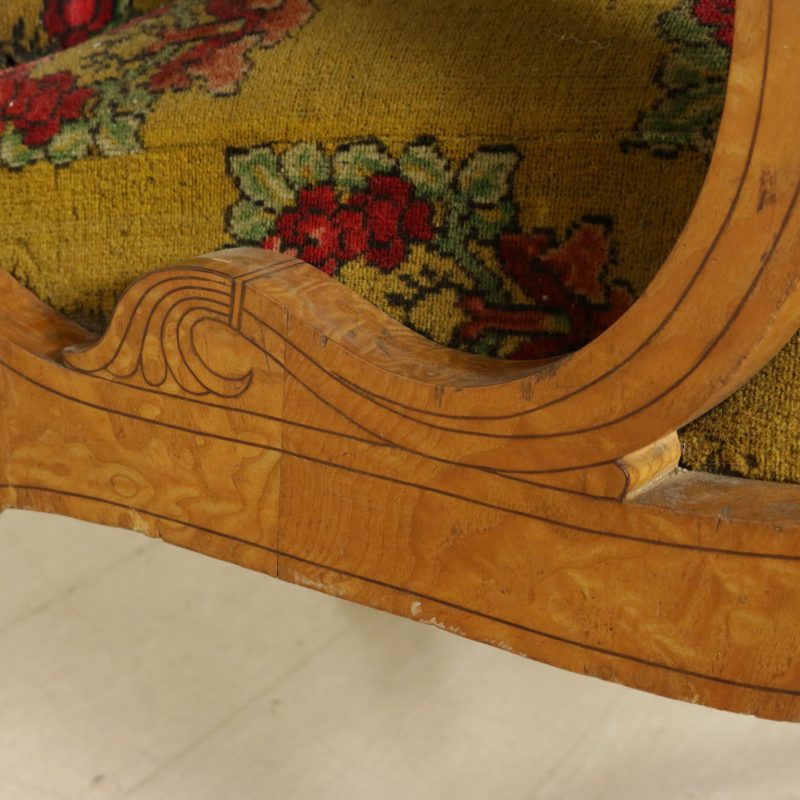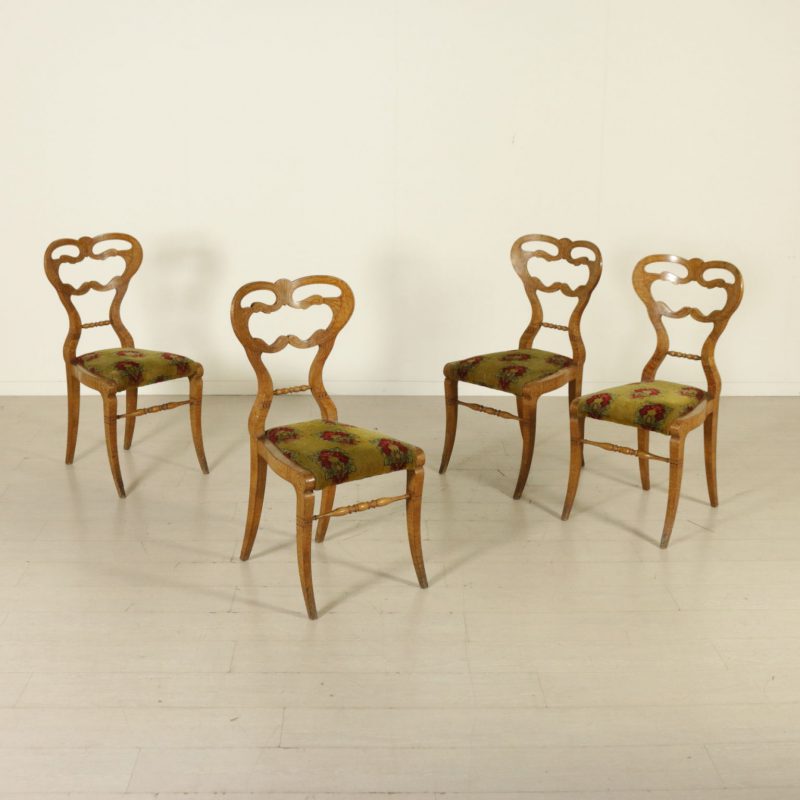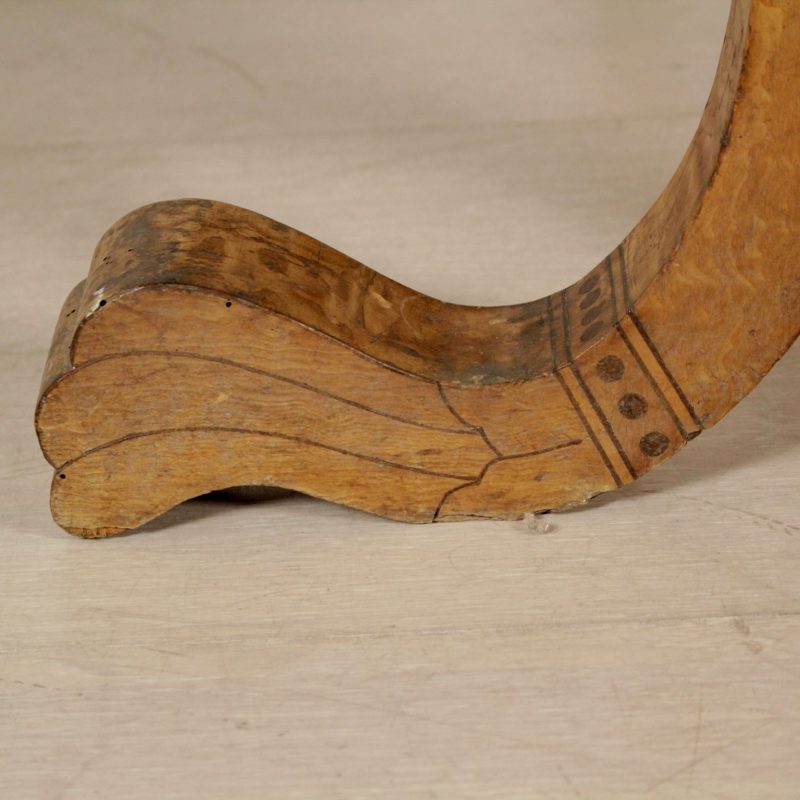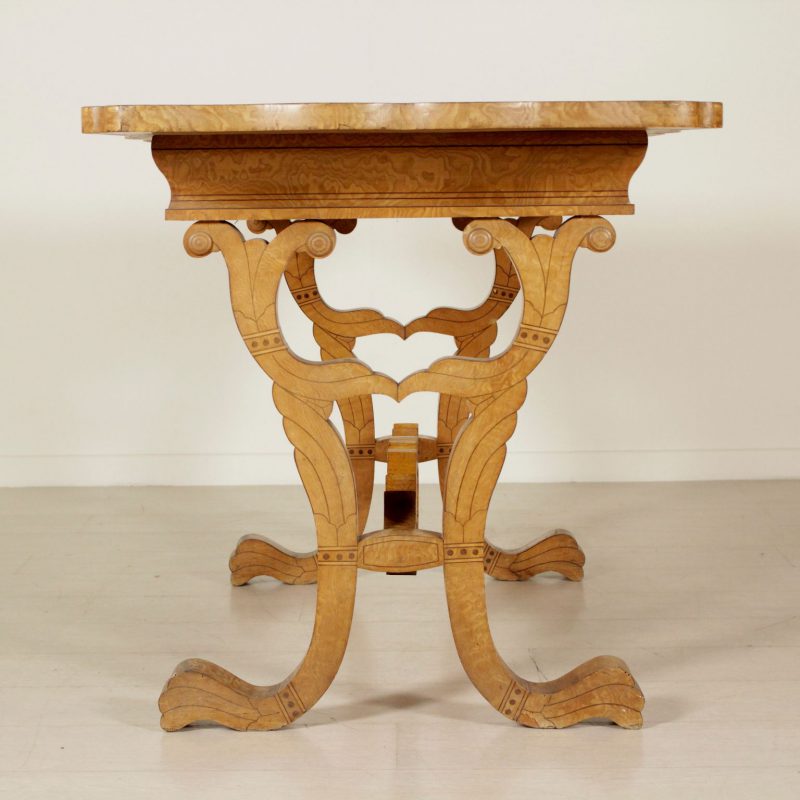Biedermeier: when a furnishing style transforms an environment
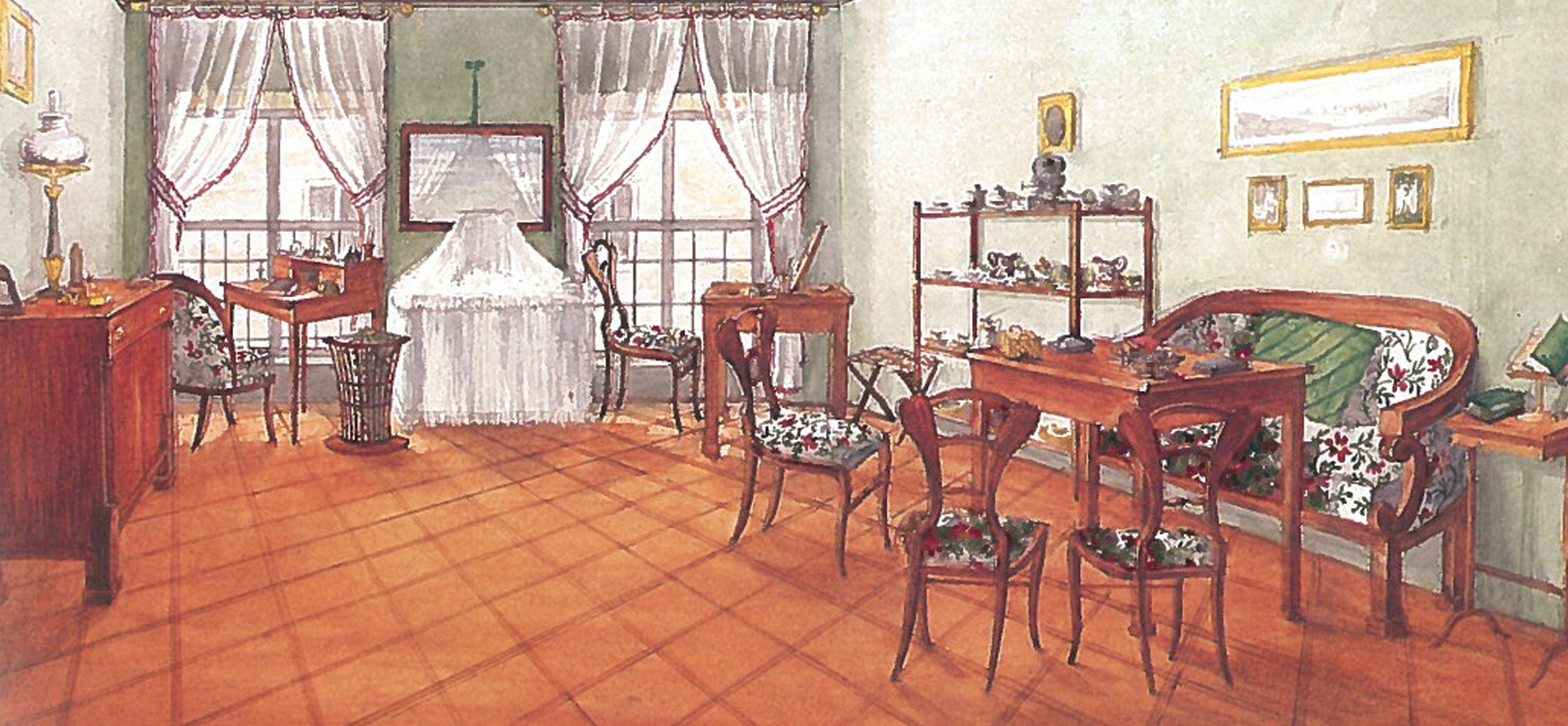
It is always interesting to observe how History with a capital H reflects in the daily life of its time. How can one not read in the transition from the Empire Style to Biedermeier the desire for peace and tranquility of an entire society after the upheavals of the Napoleonic era?
The grandeur of Empire cabinetry, with its gilded bronze fittings and three-dimensional ornamental elements, and the revival of classical models, fit well with the grandeur of Napoleonic enterprises.
The new cultural climate, however, seems to focus on a new need for intimacy. It is no coincidence that at the court of Vienna around 1820, the Empire style persisted in the representative salons, while in private spaces, the simpler formal universe of Biedermeier was preferred.

The new style focuses on form: games of volumes and geometries, combinations of curved and straight lines.
The English model, imported into the Central European climate around Vienna, becomes softened. The furniture becomes lighter and more functional.
The choice of light woods, enriched by fine marquetry work, predominates. The selection of fabrics and upholstery that accompany the furniture also takes center stage.
Upholsterers and cabinetmakers together play key roles in this new decorative taste.
Everything works together to create a comfortable and welcoming environment: the salon, once a representative space, transforms into a family place.
It is significant that during this period, in the composition of living rooms, the sofa takes on a central role. One can easily imagine modest family gatherings; on the table, a cake and a coffee service, in the salon, conversations, readings aloud, and young ladies engaged in embroidery. It is not rare to see small decorative elements such as sewing boxes, game tables, small shelves, and fire screens for the fireplace also included in the design.
A beautiful example of all this is a salon featuring a sofa, a pair of armchairs, and a table with four chairs, found in the Dimanoinmano catalog.
What stands out is the elegance of the flowing lines that unify the various elements.
The light wood used is pale, flamed ash, enriched with fine purple ebony inlays that, with subtle elegance, reappear on the armrests, backs, and legs of the seats and the table.
We know the name of the cabinetmaker: it is Johann Nepomuk Geyer (Innsbruck, 1807-1874).
A craftsman of undoubtedly high caliber, since he was entrusted with an imperial commission in 1838. On the occasion of Ferdinand I’s coronation journey to Milan, the imperial residence in Innsbruck was refurnished with furniture from Geyer’s workshop.
His style, fully aligned with the Biedermeier mainstream of the time, features elements of clear originality. The lines and decorations of these extremely elegant chairs seem to anticipate floral tastes by decades.
A craftsman-artist, therefore, who still invites us, almost two centuries later, to have a coffee in his splendid salon.


